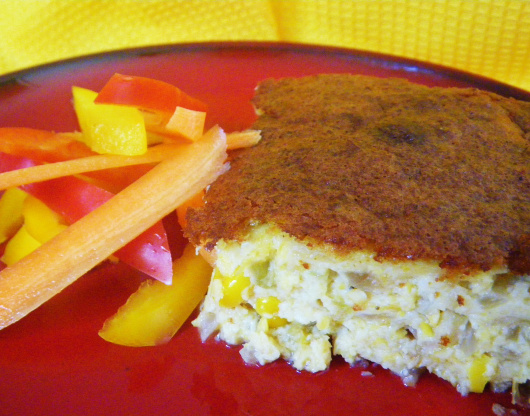Chipa guasu
ghipa guazu
The chipa guasu is a cake made with corn grains, onions and Paraguayan cheese. It is one of 70 varieties of chipa, a traditional set of side dishes from Paraguay. It is often served in asados. Some revisionist historians point out that, during the colonial era, the German traveler Ulrich Schmidl was already talking about the recipe for that kind of starchy bread made by the Cario-Guarani people . Schmidl was in charge of noting in the logbook of the Spanish ship in which the expedition led by Juan de Ayolas arrived, which would arrive in Asunción later, thus giving rise to the first encounter between Spaniards and the Cario-Guarani people. Back then, there was a menu that was already part of the varieties of bread that the Cario-Guarani natives had in the early days of the conquest. The food the Cario-Guarani people used to eat was “mbujape”, which translated from Guarani means “bread”. To cook the mbujapé, corn flour or cassava starch was combined with animal fat and then it was wrapped in a banana leaf and placed in the tanimbú to cook it. There is the wrong idea of naming Paraguayan cuisine as "Guarani cuisine". Paraguayan gastronomy was born from the fusion of Spanish cuisine and Cario-Guaraní cuisine, which was developed due to the influence of the Franciscan priests, the Spanish conquers and the mestizos asuncenos, which took place in Asunción and its surroundings. Towns such as Tobatí, Atyrá, Altos, Areguá, Ypané, Guarambaré, Itá and Yaguarón are living examples of how Paraguayan culture developed outside and far from the mercantile influence of the Jesuits. When the Jesuits were expelled in 1767, the natives returned to their natural habitat (the Atlantic jungle) and they never go to Asunción and its area of influence to educate or teach, proof of this is the extinction of Jesuit ceramics and not the Franciscan that is still alive in Itá, Areguá and Tobatí.
Source: Wikipedia
Recipes


